This is the last in a year-long blog series by Lindsey Snyder about what pastors and parents need to know to better minister to LGB Christian women according to a historic sexual ethic. This post focuses on mixed-orientation marriages involving LGB Christian women. A mixed-orientation marriage is an opposite-sex marriage in which at least one person experiences same-sex attraction. This post will use the acronym MOM as an abbreviation for mixed-orientation marriage. Individuals interviewed who requested anonymity are marked with an asterisk and their names have been changed for the sake of confidentiality.
But where do I go from here?
So many voices ringing in my ear
Which is the voice that I was meant to hear?
How will I know? Where do I go from here?
(from “Where Do I Go From Here”, Pocahontas II)
“Christians need to understand that MOMs exist. When responding to MOMs, Christians need to choose their words with the same care as responding to a gay teen coming out. People will remember how Christians respond when MOMs come out.” – Lorelai*, a gay, asexual Christian woman married to a straight man.
To write this post, I interviewed nine LGB Christian women currently in mixed-orientation marriages. I am not married, so I want to pass on their unique stories of joy and struggle, their wisdom for how to faithfully steward a MOM, and their advice for how pastors and parents can better support those considering a MOM (or already in one). I’m thankful for their enlightening, encouraging, and edifying witness to the Church and society at large that marriage can and, in fact, should be about more than just sexual attraction and satisfying each other’s sexual desires. Both Christians in MOMs and gay celibate Christians reflect the sacrificial love of Christ for the Church to me in ways that I’ve rarely seen reflected in straight marriages or straight singles.
The whys, dos, and don’ts of MOMs
Mixed-orientation marriages are not understood by modern society, as evidenced even by academic journal article titles like: “Queer People Who Enter ‘Straight’ Marriages: The Academic Community’s Struggle to Understand an Anomalous Choice.” This article aptly describes people in mixed-orientation marriages as (emphasis mine):
“… culturally marginal, not because their pattern of love and desire is disapproved by cultural norms, but because their experiences make no sense in terms of dominant essentialist and monogamist scripts. They can rely on neither the heteronormative narrative nor the gay-affirmative narrative for explanation and validation of their loves and desires. Thus, they are often at a loss to make sense to themselves. The essentialist script tells them that they must not ‘really’ love their spouse—or they must not ‘really’ be gay. The monogamist script tells them that if they really loved their spouse, their same-sex desires would go away—and that acting on those desires would be a betrayal of their love. Conceived this way, the only ‘solution’ is repression, of either the marital love or the gay desire.”
Of course, as Christians, we have a way to make sense of ourselves independent of cultural scripts: the gospel. A loving, faithful Christian marriage between an LGB woman and a man displays Christ’s love for His Church just as truly as any other Christian marriage—perhaps even more radically in our postmodern world. Such a marriage makes people stop and think why two people of different sexual orientations would marry and how that union so beautifully flourishes.
As a general rule, Equip emphasizes several points regarding mixed-orientation marriages:
-
Christians must repent of the Church’s history of pushing LGB people into MOMs with false promises of sexual orientation change and an easy marriage, leading to painful divorces that injure all parties.
-
While pastors and parents today can recognize a MOM as an option for LGB women, they should not pressure LGB women into such a marriage.
-
LGB women should disclose their sexuality early in the dating relationship. It should be made clear that her sexual orientation will not change, and the man she is dating should be given the opportunity not to continue in the relationship before deeper attachment is secured (and a possible future break becomes more painful).
-
MOMs should continue to talk about challenges surrounding sexuality throughout their relationship with each other and with other people, not making it the central focus but being unafraid to bring it up when necessary. MOMs should particularly make a point to share with straight couples, as many MOMs discover after sharing that their marital struggles are universal.
Equip is often asked, “Does that mean it’s a marriage without sex? How would that even work?” A significant majority of the MOMs known to Equip staff enjoy sexual intimacy in their marriage. Even if the queer spouse generally lacks sexual attraction for people of the opposite sex, it is often true that they develop specific sexual attraction to their spouse. Even secular sex therapists admit that the necessary ingredients for healthy marital intimacy are commitment, vulnerability, and emotional intimacy. Sexual attraction is not necessary. Jennifer*, a gay woman in a MOM, put it this way:
“Like everything else, sex is a growth process. Sex over the decades is challenging for most couples in different ways at different seasons. As long as we are both dying to ourselves, communicating, and living in an understanding way with each other, it can be a beautiful thing. It helps not to camp out and ruminate about the LGBT thing, but also to communicate about it when needed.”
Now that we’ve laid the framework and highlighted a few key points, let’s dive further into the unique experiences of LGB women in MOMs.
The impact of sexual fluidity (again)
Previous posts have discussed how most men experience category-specific arousal patterns that clearly reveal sexual attraction to one sex or the other in consistent ways. By contrast, women generally have more variable arousal patterns. The more holistic, fluid nature of female sexuality often allows for person-specific attractions regardless of biological sex.
How can sexual fluidity impact MOMs? Women without robust opposite-sex attractions may find it easier to hide their sexual orientation from both others and themselves, discover sexual attraction for a man, and participate in sexual intimacy in a way that appears heterosexual.
Multiple women interviewed saw coming to terms with their same-sex attractions within marriage as a blessing, because their commitment made it easier to set aside the possibility of a same-sex relationship. However, they also noted intermittent feelings of being trapped due to this same post-marriage awareness, even leading to jealousy of women whose circumstances allow for experimentation.
Honesty and communication are key
A significant majority of women interviewed indicated that honesty and communication were anchors in their marriage. Liz, a 34-year-old lesbian, remarked that she has open conversations with her husband about attraction and that being honest with him is helpful and makes her feel less insecure. Laurie, another woman who experiences same-sex attraction, remembered a time when both she and her husband looked away from a movie during a particularly steamy scene because they both were attracted to the woman on-screen. She recalled that they were able to laugh about it and be honest with each other, which soothed the shame she felt about the desires.
Academic research corroborates these testimonies. A 2004 study of over 120 people in mixed-orientation marriages indicated that communication and honesty were the top two qualities that helped couples cope with the wife disclosing a non-straight orientation.
Buxton notes,
“Communication, mentioned by the most spouses of each sample, meant both spouses’ expressing feelings, wants, and needs and listening to the other spouse’s concerns. ‘Honesty’ usually referred to wives’ being candid to themselves or their husbands about their same-sex attractions, feelings, or relationships; or husbands’ openly expressing their hurt, concerns, or self-concept to themselves and their wives.”
Many gay women interviewed explained that coping with their differing sexual orientations was the least of their concerns. Other struggles unrelated to sexuality were more defining marks in their marriage. Still, the importance of a gay woman feeling free to discuss her sexual orientation when needed cannot be overstated. Penny* has suffered from her husband’s avoidance of the topic: “He never alludes to it in any way, and when I bring it up, he is as passive as possible–doesn’t ask questions, responds as minimally as possible—until I drop it. I tried for a while to get him to engage—to listen to a podcast or read a book or, after I went to a conference, to talk about it with me. But I’ve more or less given up.”
June*, another gay woman in a MOM, reflected that though honest communication is helpful, it doesn’t solve every issue, nor does honesty make a husband fully understand struggles or feelings. She shared wishing she knew before getting married that there would always be blind spots for her husband; that he would never reach a point of perfect understanding and empathy.
Validation from others is vital
A 20-year review of empirical studies of spouses in mixed-orientation marriages discovered that the biggest factors threatening marital stability in MOMs were negativity and invalidation of their marriage from family of origin and the LGBT+ community. Some of the women I interviewed confirmed the difficulty when people question the validity of their commitment to their husbands because of their sexual orientation. Heaven, a 29-year-old bisexual woman with two kids, admits,
“I do feel some in the Christian community question my commitment to my marriage just because of my orientation. I also feel some in the LGBTQ community question my orientation because of my marriage. It’s almost like the two can’t coincide. I have also felt a sense of dismissal from the LGBTQ community when discussing hardships or solidarity with them, almost as if because I’m married I don’t understand how difficult their life is.”
Gender roles can be confusing
Any marriage will struggle when strict complementarian views or culturally-constructed understandings of family roles conflict with personality differences that lend themselves to non-traditional family roles. But these challenges may be compounded for gay women in MOMs when their sexual orientation is blamed for the differing family roles.
In some mixed-orientation marriages (just as in some same-orientation marriages), the woman is the more dominant sexual partner, the husband does most of the cooking, the wife knows how to change a flat tire and the husband does not, or the woman is the primary breadwinner for the household. These circumstances merely reflect normal, but less common, combinations of biological sex and affinities or skills unrelated to sexedness. Demonizing these differences and blaming perceived misalignment on the woman’s sexual orientation creates shame and an incentive to hide.
Ashley, a bisexual woman married to a straight Latino man, described how this was particularly difficult in her household initially. Cultural mores combined with complementarian values collided with a personality and tendency towards non-traditional family roles. At first, Ashley defaulted to blaming “the gay,” but eventually she and her husband learned to serve their family in ways they were strongest, moving past stereotypes to embrace something different.
Resources are scarce
For LGB women in mixed-orientation marriages, few supportive resources exist. Besides the (excellent) book An Impossible Marriage: What Our Mixed-Orientation Marriage Has Taught Us About Love and the Gospel by Laurie and Matt Krieg, few have been willing to openly share about the unique challenges and joys of a mixed-orientation marriage. Not only are MOMs stigmatized by straight Christians and queer non-Christians, but even some LGBT+ Christians committed to a historic sexual ethic chafe at the mention of MOMs. Mixed-orientation marriages may remind celibate gay Christians of decades of being pushed in MOMs and failed attempts to “look normal.”
Most women interviewed shared how essential peer support has been for their marriages, both from other MOMs and from couples in same-orientation marriages. Some emphasized the difficulty of finding anyone who could relate to their particular marriage. Penny* remarked what a relief it was to meet another lesbian in a MOM: ”For years I thought I was the only person like me among seven billion people. The first time I met another lesbian in a MOM, it was the most intense and surreal experience. I couldn’t believe there was someone else like me who loved Jesus, was queer as could be, and was married to a man.”
Many people in MOMs also express the importance of talking with couples in straight marriages. When those in MOMs share about marital challenges, they often find that their struggles are universal, reassuring them that difficulties in their marriage have little to do with the uncommon mix of sexual orientations. However, some LGB women in MOMs have been deeply hurt by straight couples. Laurie, a same-sex-attracted woman in a MOM divulged, “The biggest difference between MOMs and straight couples in the Church is we don’t feel safe (and often aren’t safe) sharing our real marriage suffering with [straight couples]. Other couples can have pain but any struggle in our marriage must be the fault of the orientation. Therefore, people encourage quick fixes: divorce or ‘just have more sex.’ It’s pretty terrible. I wish we had safe places to just talk real…”
Advice for parents
Now that we’ve explored wisdom for those in MOMs, how can parents (and then pastors) better minister to LGB Christian women? Parents can play a key role in easing shame and preventing an LGB daughter from being unduly pressured into (or out of) marriage with a man. Equip recommends teaching the goodness of God’s design for sexuality early and often, in age-appropriate ways. If this framework has not been laid, daughters may struggle to trust their parents in conversation about sexuality.
Reassure your daughter that she does not have to get married and have kids to please you. Give her confidence that you will be proud of her and support her regardless of whether God calls her to singleness or marriage with someone of the opposite sex. Resist pushing your daughter into one over the other. Instead, be a non-anxious presence as LGB Christian teens and young adults seek clarity about their sexual orientation and discern God’s calling.
Advice for leaders
If an LGB woman considering a MOM (or already in a MOM) shares her story with a pastor, she’s likely seeking compassion, love, and understanding. As a pastor or church leader, resist jumping to conclusions. Instead, lead with listening. If the LGB woman is questioning whether to disclose her sexual orientation to her boyfriend or spouse, encourage her to do so. As evidenced by interviews for this piece and peer-reviewed research, honesty and communication are essential for a healthy mixed-orientation marriage. Here are some suggestions for more effective pastoral care of LGB Christian women:
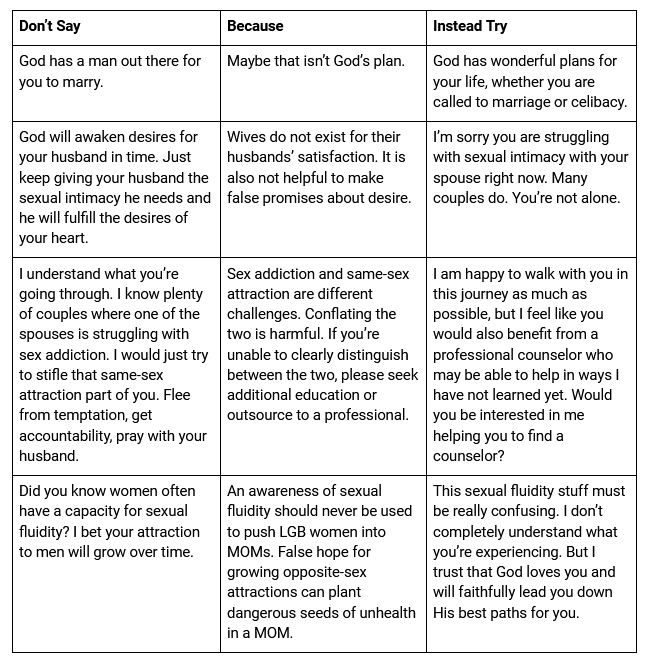
Advice for LGB women (from LGB women)
I want to end this post with a small taste of the treasure trove of wisdom from the women I interviewed. Here is some of their advice for LGB women considering a mixed-orientation marriage.
-
“Be sure that you’re truly committed to the health of your marriage. You can always work through challenges, but if you don’t truly love the person it is a lot harder. Also make sure your partner and you discuss how you will handle telling kids your story, if your child has gender dysphoria what the response would be, etc.” – Heaven, bisexual
-
“Don’t get married because of social obligations. Don’t take yourself out of the equation. Don’t think you are settling. Give yourself a chance, pray and invite God into it, and let your feelings feel.” – Ashley, bisexual
-
“Anyone before marriage should work on themselves . . . doing the work up front. Think long-term. Be honest. Nothing about marriage is easier or better. I wish I had known a lot more about myself going into marriage.” – Liz, lesbian
-
“When I compared the [shallow] things I heard at marriage events to Ephesians 5 and books like You and Me Forever, the metaphor of marriage came into focus. I saw how God is different from humans and how that is supposed to be mirrored in the marital relationship between a man and a woman. In marriage and in celibacy, we are 24/7 showing Jesus’s divine design.” – Laurie, same-sex attracted
-
“I would advise any Christian woman considering marriage to be hesitant. Marriage is pushed as the normal adult condition in so much of the Church, and those who have never been married are excluded from the full life of fellowship and treated like fifth wheels. There’s a huge amount of soft pressure, especially on women, to get married. Push back. Don’t accept that. It’s not biblical. The subtext is that marriage will solve your problems and make you a complete person. That’s not the official party line, of course, but the subtext shines through much more brightly most of the time than the official line. Be sure you’re a healthy person yourself before you think about marriage. I sure wasn’t at twenty. I would advise a lesbian to be really open about her sexuality with a guy she’s considering marrying. I met the first woman I ever fell in love with nine days after I got married. So it had never occurred to me when I got married that I was gay. So I would encourage a lesbian Christian to be very sure before marrying a man that he was intensely comfortable with her sexuality, and wasn’t just entertaining some fantasy that the love of a good man would change her. ” – *Penny, lesbian
If this glimpse into the lives and experiences of gay Christian women was meaningful to you, Lindsey’s half-day training dives even deeper. Get access to the recording today and gain tools for real-life ministry and relationships at equipyourcommunity.org/premium.
Works in Progress: How Mixed-Orientation Couples Maintain Their Marriages After the Wives Come Out
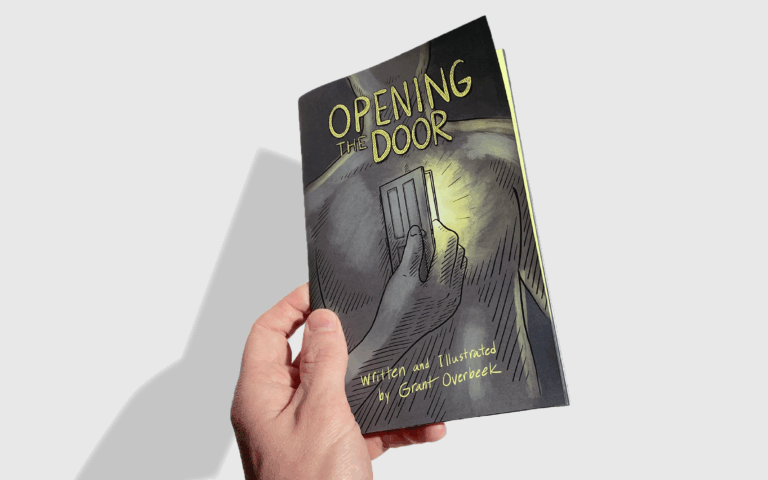
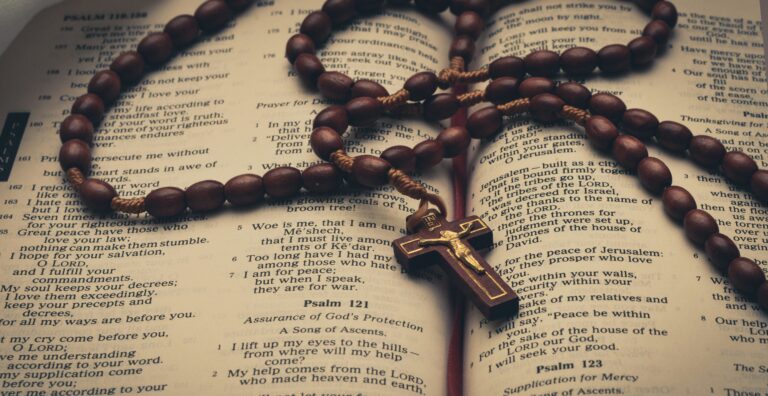


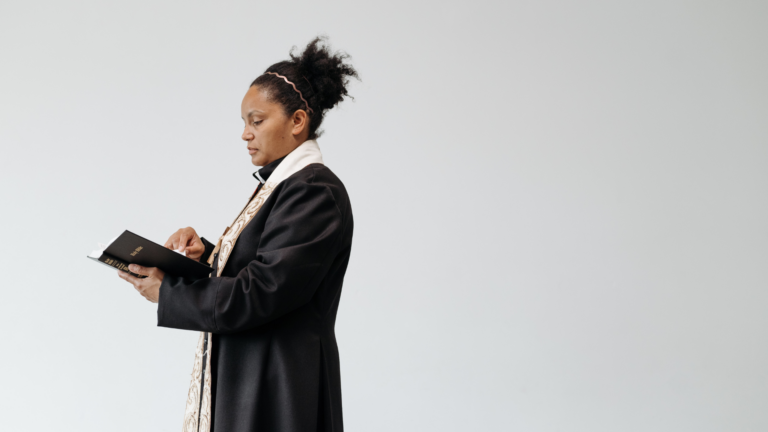
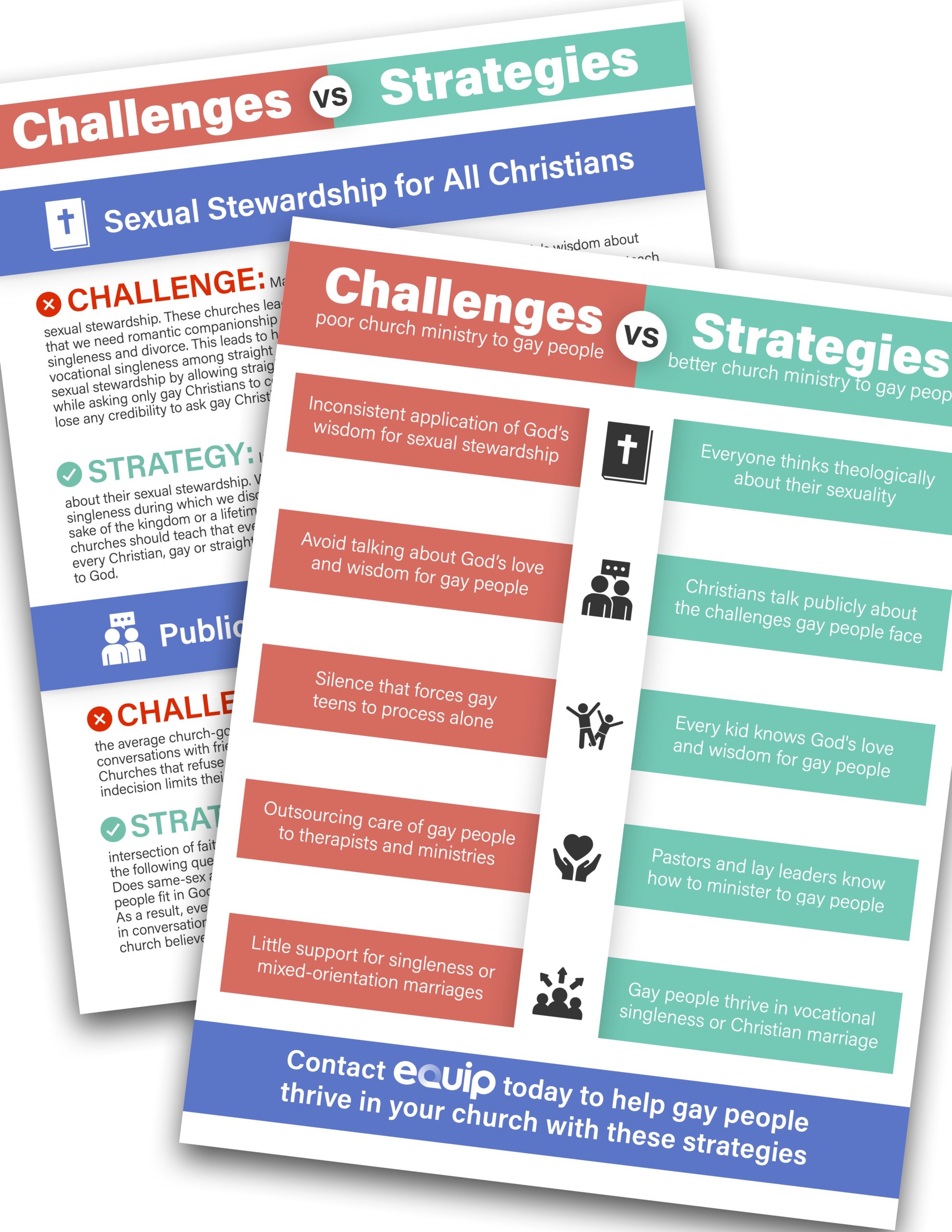
G
Thank you for this post. An MOM is something I desire and I have been struggling because I have not heard any people articulate this well and acknowledge that it’s ok while still acknowledging orientation. I would love to read more content about this because you shared it in a way that does not promote it as the ultimate. If that doesn’t happen I understand. I know the pressures to be married are real and that’s ok if this blog doesn’t explore that more too. Thanks again.
kris
I appreciate the opportunity to respond to this article…I spent my adult life in the so called “gay community” but became disillusioned and removed myself about a decade ago. Reason being that nothing ever seemed to work out in the long run and all I ever really wanted was a lifelong companion and I guess if I’m being honest I haven’t given up all hope on that but it would take a miracle. To each her own and God Bless You but I could never see myself with a man, even in a platonic relationship. I crave emotional intimacy more than anything. I am not interested in a sexual with anyone. While I like men alot, I don’t connect with them in that way. I do enjoy their company and conversation but there is a boundary that I could never and would never cross and I think it’s biological. In the same way that a heterosexual woman could never conceive of being intimate with another woman, is repelled by the very idea…well that is the way I feel about men. I appreciate them and value them but am not attracted to them and could never live with a man. I’ve always been this way. I think people should do whatever they can to feel better about themselves and their lives…I expect there are many refugees from the “gay community” because there is nothing of substance to be found in a superficial lifestyle that is based on looks and money. You could say the same thing about promiscuous heterosexuals or serial monogamists. I think the hardest part and the crux of the problem is accepting oneself. There are some things we cannot change and must pray for the discernment to try and understand what we can and cannot change. I pray to accept my life alone if that is how it must be but still keep open the possibility that my Ruth is out there somewhere looking for someone like me. I have no control over that. That is God’s will and may God’s will be done. God Bless Everyone